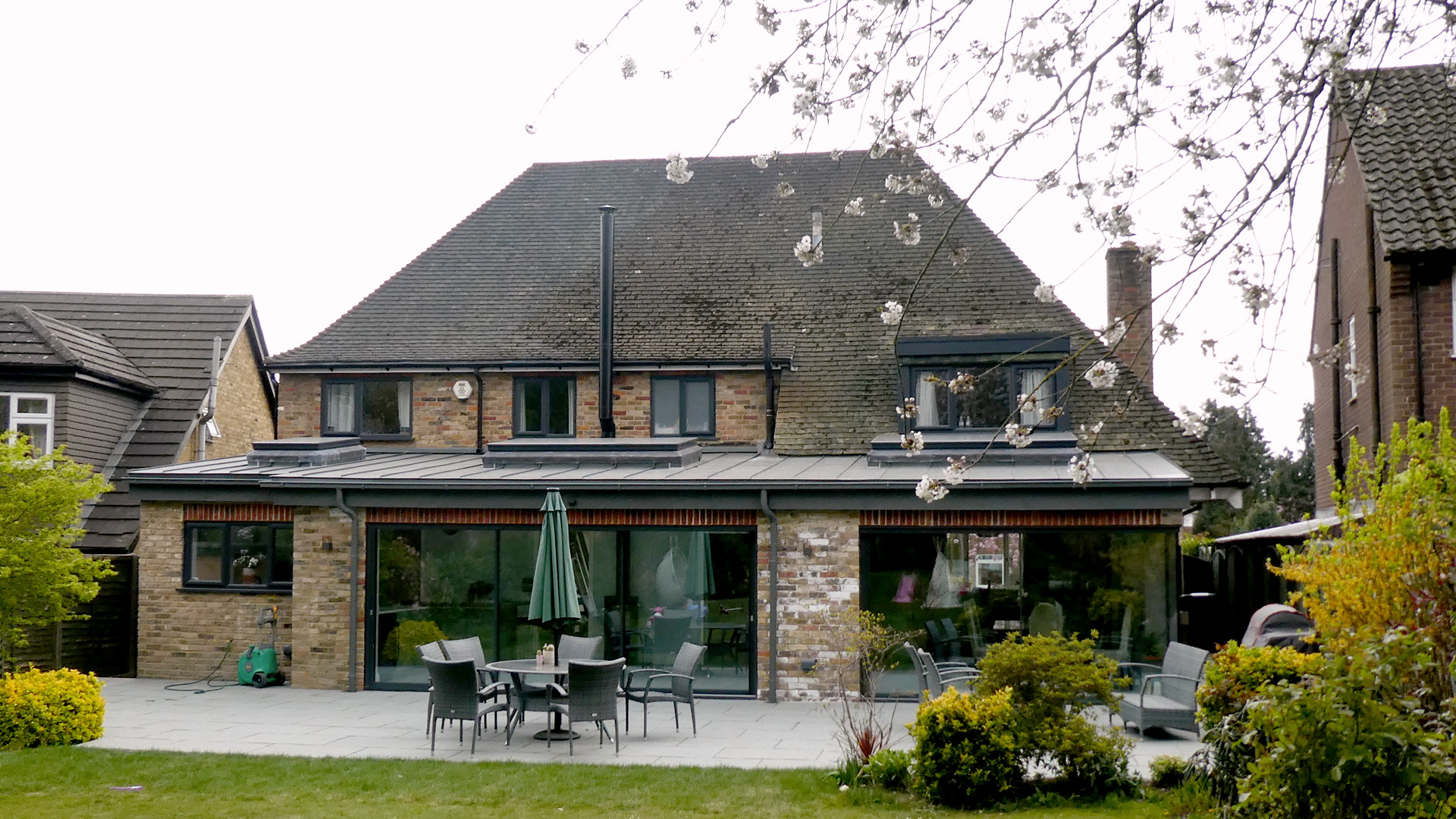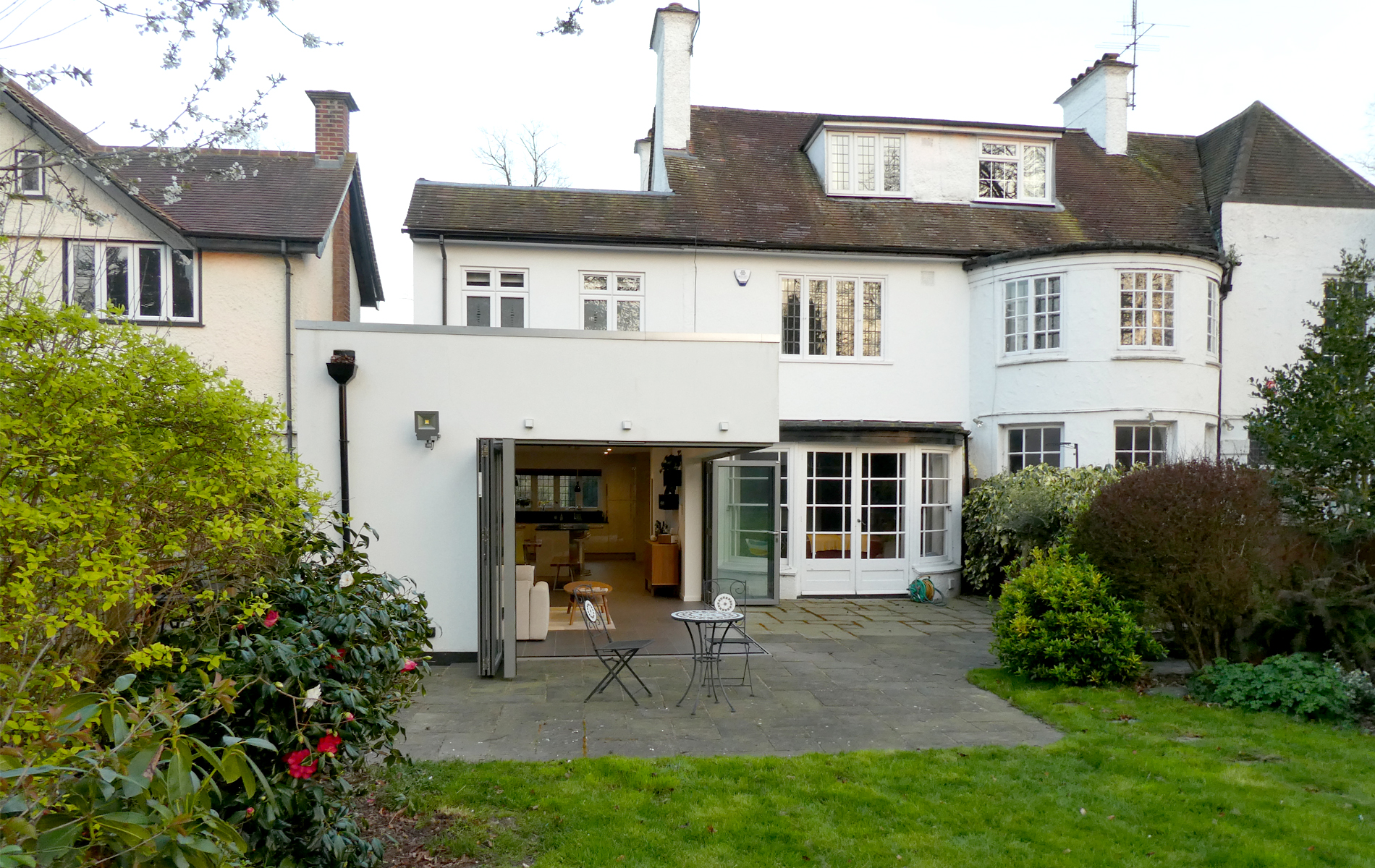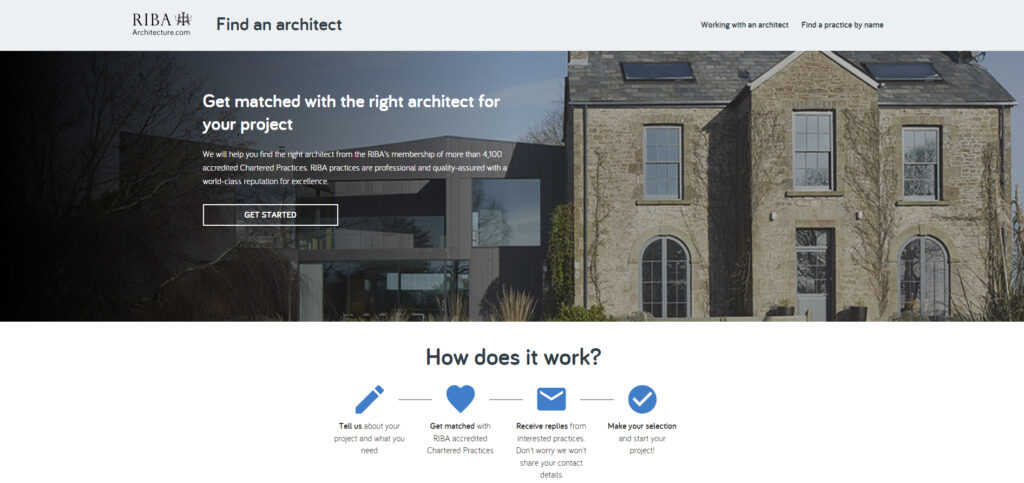How to Choose an Architect: points to consider
Deciding to build or to extend your home is exciting, it can also be a bit scary. Choosing the right architect is an important decision that can significantly impact the success of your project. We know that choosing an architect is not an easy decision. You need to appoint the right architect who has the skills for your project. Someone that you feel comfortable working with; someone you feel confident entrusting your future home with. Here’s a guide to help you select the perfect architect for you and your project.
Do I need an architect?
This is a really good question, and, perhaps not, is the short answer. Honestly, it’s up to you to decide whether an investment in an architect is justified. If you only want your garage converted, then there may well be a good argument to engage with a non-architect.
Remember that when you employ an Architect, you’re not just paying for drawings – you’re paying for their knowledge, skill and experience. While working through a design, an architect will be thinking about the site constraints, climate, the sun path, views in and out, how it could be built, the structural implications, the applicable Building Regulations, practicality, sustainability, longevity, health and well being, the likely cost and so much more.
Employing an architect may seem expensive, but their fee is only a small percentage of the project cost. Architects bring creative thinking and value to projects of all sizes. They are skilled at making the best use of the space that you have, ensuring that the light is right, the feel is good and that the space works for you.
It’s entirely possible that a good technologist, or other designer might be able to do all of these things. Whether you choose an architect, technologist, designer, surveyor or someone else to work up your design we would strongly recommend that you did a little online stalking of them first.

Why choose an architect
Architects are extensively trained in design, materials, methods of construction and project management; they are trained problem solvers. This means that they have a broad skill set, that extends well beyond aesthetics. Functionality, spatial planning, sustainability and regulatory requirements must be considered and integrated through all stages of a project. Architects are versatile in adapting to different design styles. Whether your vision is modern, traditional, funky or somewhere in between architects can intertwine your preferences into a well thought out design.
An architect will not only add value to your project, but also to your quality of life and well being. Experience matters, especially when tackling complex projects. Look for an architect with a proven track record and a portfolio that showcases diverse and successful projects.
Check the architect’s credentials and professional affiliations. Remember that in the UK, the title ‘architect’ is protected by law, which means that someone who calls themselves an architect must be registered with the Architects Registration Board. Registered architects must adhere to a professional Code of Conduct.
You can be certain that your architect will be keeping abreast of current legislation and regulations as they must continually increase their knowledge, understanding and experiences within a core subject range dictated by the ARB (and already dictated by the RIBA, if they’re members).

Define your budget and project goals
Before you start the search, clearly define your budget, time constraints, project goals and aspirations. Whether it’s a sustainable home design, a spacious extension, or a small residential development, having a clear idea of what you want to achieve will guide you in selecting an architect whose expertise matches your needs.
Your budget is important, so please do be upfront about what you can afford. This will enable your architect to be realistic about what can be achieved.
Explore different architectural styles and identify those that resonate with you. A good architect will be versatile, but finding one with experience in the style you prefer can enhance the collaboration and ensure a great outcome.
Consider also how much input you might want from them. Do you only want them to apply for planning permission, or do you want them to manage every part of your project from start to finish? It’s a good idea to give your architect as much information as possible, so that they have a clear idea of what it is that you want.
If you need help in keeping your thoughts straight, the ARB’s Meeting with your architect form might be a helpful start.
How to find an architect
- Word of mouth is always a good source. You could try your local Facebook group or perhaps you have a friend who has had work done to their home.
- The RIBA have a find an architect service where you can enter the details of your project and it provides you with a compatible list. Remember that the service doesn’t send your contact details to the architect, so make sure that you get in touch with them.
- Google – search your area.

Don’t hesitate to meet with multiple architects before making a decision. This will allow you to gauge their communication skills, understand their approach to problem-solving and assess their enthusiasm for your project. Take the moment to also decide whether or not you like these people. It’s important that you do actually like your chosen architect.
You might like to ask questions such as: how is the fee calculated and what is the payment structure; how hands on they are during the planning application; how they might address a particular problem; what would they do if it were their building?
Effective communication is key to a successful project. Assess the architect’s ability to listen to your ideas, provide clear explanations, and be ready to engage in open, honest and constructive communication. A collaborative architect-client relationship is crucial for a successful project.
Understand their design philosophy
Every architect has a unique design philosophy. Some prioritise functionality, while others focus on aesthetics or sustainability. Read their website, give them a call, stalk them on Instagram – ensure that their philosophy aligns with your values and expectations.
If sustainability is a priority for you, search for an architect with a commitment to eco-conscious design. Enquire about their experience of working with natural materials and Passivhaus, AECB or other low-energy certifications.
Check reviews and testimonials
Read client testimonials in places such as Google or even on the architects own website. This will give you an insight into the architect’s communication style, reliability and overall client satisfaction. This first hand information can be invaluable in understanding what it’s like to work with them.
Help make the process smooth
Choose an architect that you feel comfortable with, someone you feel confident entrusting your future home with. To find the right fit for your needs and budget, you will need to work closely together – it’s your home, after all. Working with an architect that you can constructively collaborate with will make the relationship a lot easier, and the outcome a whole lot better.
At the beginning, allow your architect the freedom to come up with ideas before you meet with them again to discuss and finesse these ideas. At meetings – keep communicating, ask questions, answer questions, engage in the process. Your architect isn’t just producing drawings for you, the drawings are the result of your collaboration plus so much happening behind the scenes. Be an interactive part of the process.
Remember that your architect’s fee is small in comparison to the cost of the building works and the increased value of your property. So, make sure that you’re not only driven by cost when selecting your professional.
Make sure that you’re happy with the proposals before they’re developed further. It’s important to remember that too many changes, or late changes, could have a fee implication. Changes will also likely impact on the project programme.
Remember that an architect brings a wealth of experience to help guide you, the client. Hopefully you now feel better about how to choose an architect perfect for your needs.


